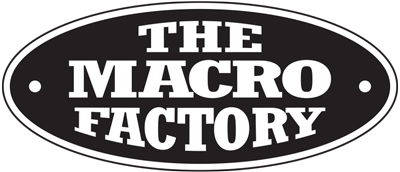Sustainability of Supply
Macrocarpa supplied in New Zealand is grown within New Zealand as an exotic tree.
The timber comes from either a forested plantation source, or farm shelterbelts.
Supplies of good-quality timber are increasing, either milled to specific requirements, or available from specialist suppliers as finished products (for example, mouldings and flooring profiles).
In the early 1950s, it was estimated that there were about 360 ha of pure macrocarpa plantations in State forests, 255 in mixtures and another 405 ha in private plantations.
Well-managed plantations of cypress have since been established. The National Exotic Forest Description (NEFD) (Ministry of Agriculture and Forestry, 2006) estimated that, in 2006, there were about 7,000 ha of standing cypress plantations.
Cypress timbers currently make up the third most commonly used exotic timber species in New Zealand, with approximately 20,000 m3 cut per year.
Therefore, for small landowners, the species represents a viable economic alternative to radiata pine for woodlots.
The increase in market demand for cypresses offers farmers both a low-cost way to reduce negative impacts of farming on the environment, and a lower-impact land-use option than radiata pine.
In New Zealand, the timber is graded into Clears, Dressing and Utility grades. Supply of timber milled to larger sizes is limited in certain parts of the country, and sizes larger than 150 x 50 mm can be difficult to source.
